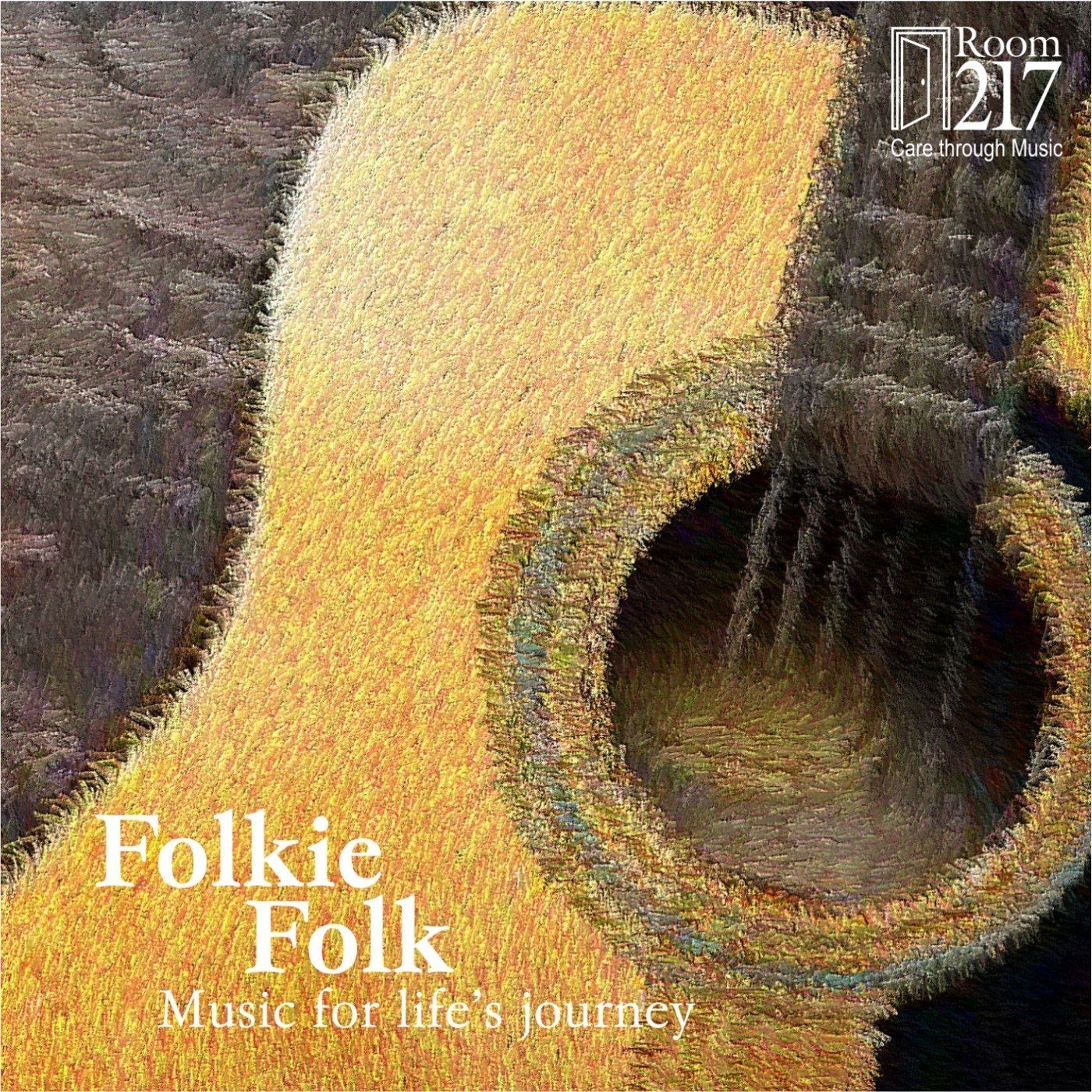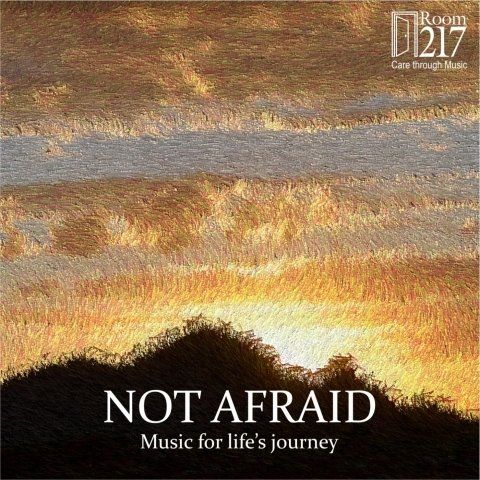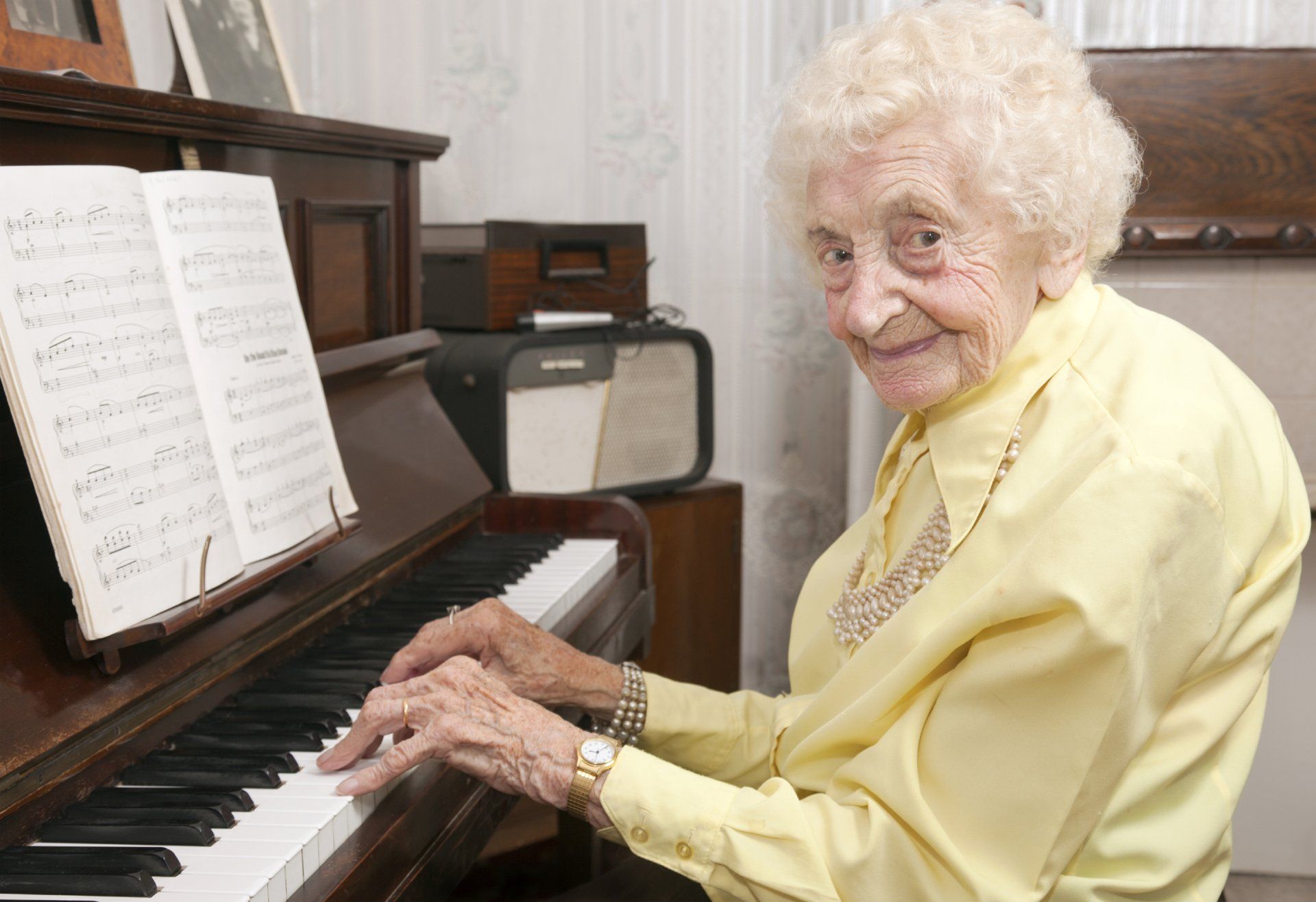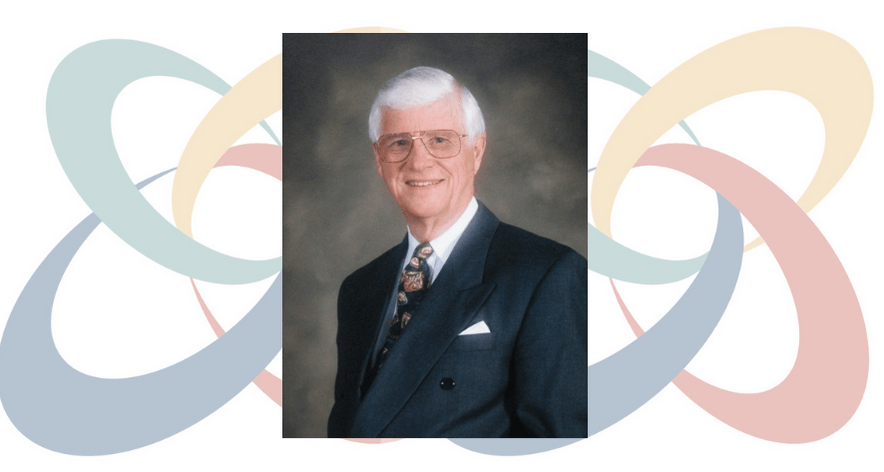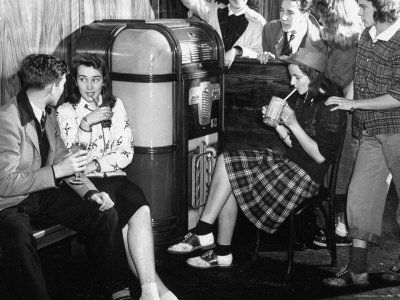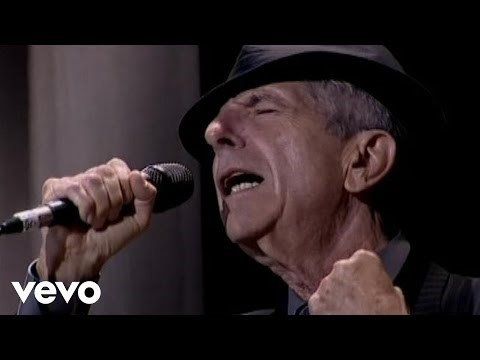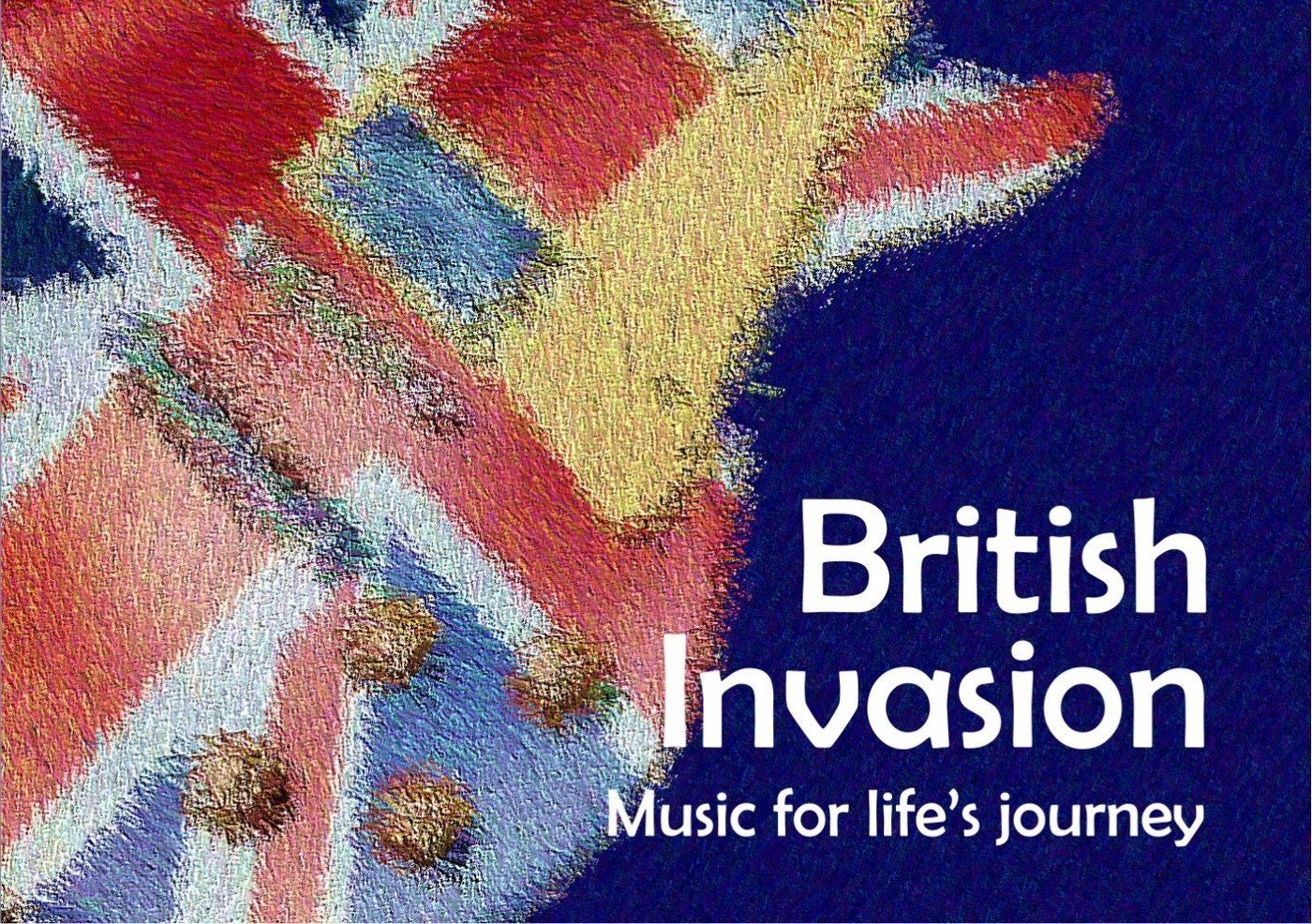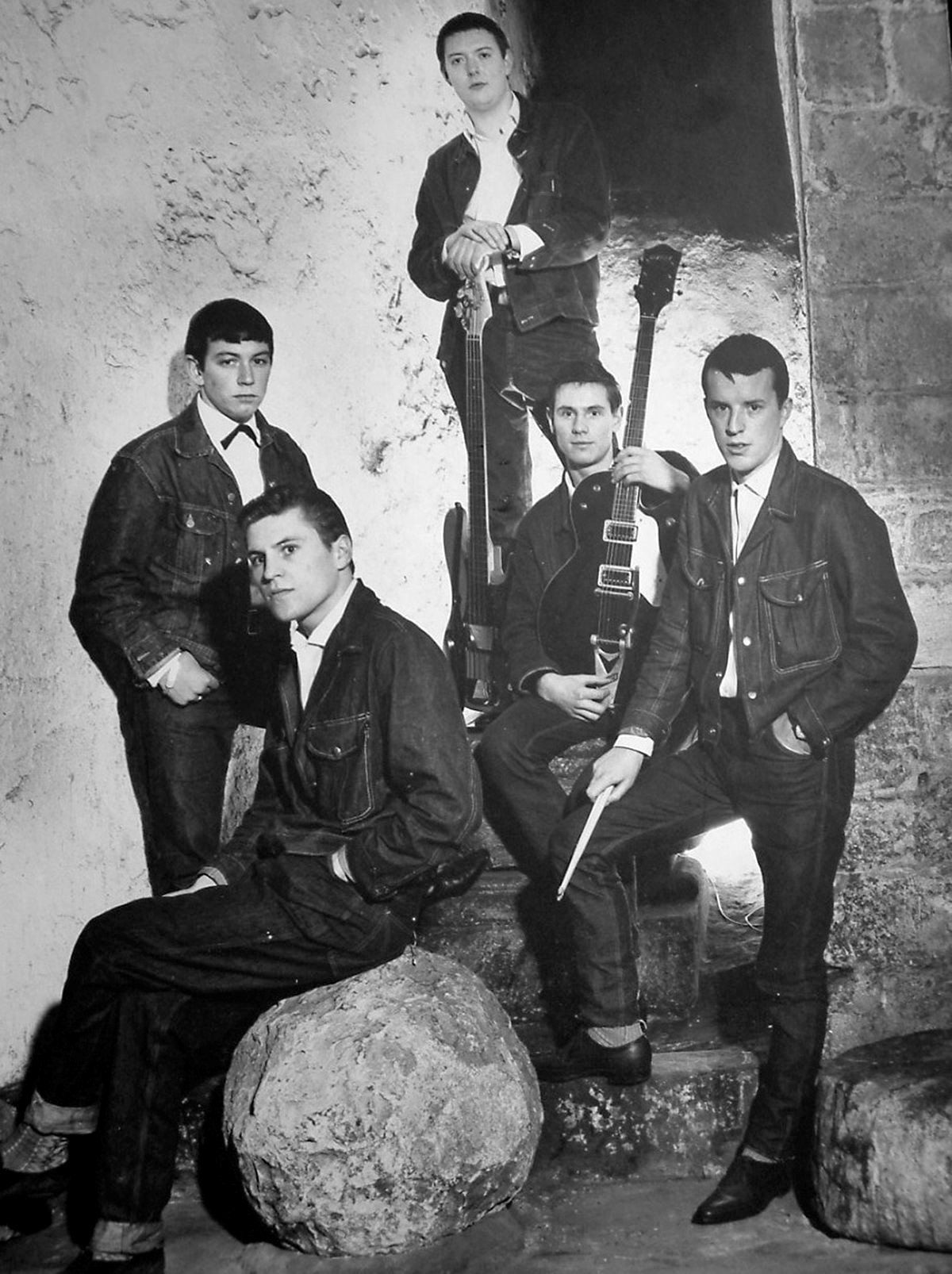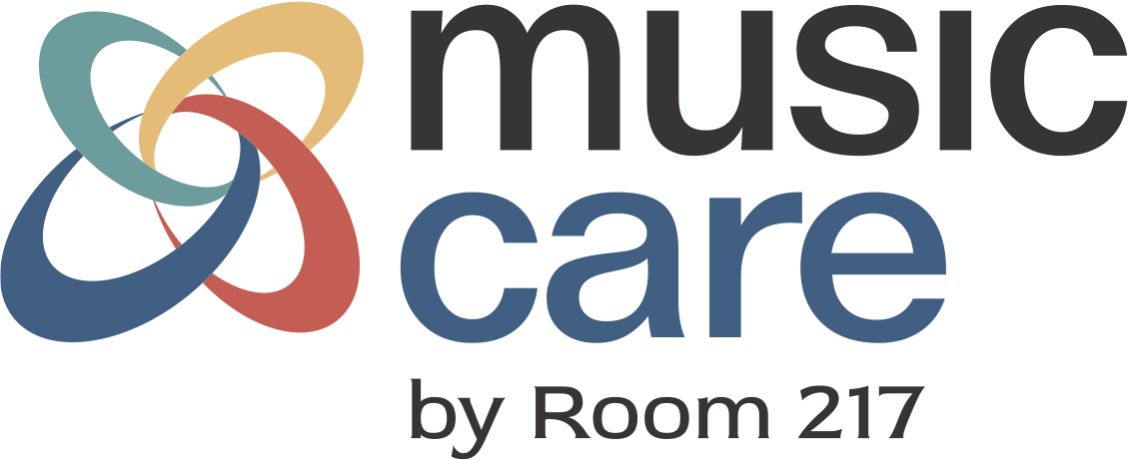Music and Neurodiversity - Developmental Coordination Disorder
Developmental Coordination Disorder (DCD), also called dyspraxia, is a chronic condition affecting fine and gross motor coordination. Impacting nearly 6% of school-aged children, risk factors include being born prematurely or with a low birth weight, as well as a family history of the disorder.
In kids with dyspraxia the issue is not with their muscles, but rather the communication between their brain and their muscles. Coordination problems happen because the brain has a hard time telling the body what to do.
Symptoms of DCD include difficulty with fine motor skills such as using a pencil, eating with a spoon, making hand gestures or getting dressed, as well as gross motor skills such as walking, running, kicking and throwing. As a result children with DCD often avoid activities like drawing and writing or playing sports.
While there is no cure for DCD, therapy can help children improve their coordination by being taught how to do an activity by breaking it into smaller parts and practicing them regularly. Activities can also be adapted to make them easier, such as using special grips for utensils.
How does music come into play?
Music activates different regions of the brain, creating alternative routes for the transfer of information. In fact, research shows that music activates the motor cortex. The structure and predictability of music helps the brain to time our movements - this is called priming. Moving rhythmically is important for full body regulation and allows the brain and the muscles to communicate more efficiently.
For example, crossing the midline activates both sides of the brain. When we execute this movement to music we are strengthening the connection between our right and left hemispheres, as well as practicing reaching and trunk rotation. A music therapist might set up an instrument target, such as the drums or chimes, for the child to hit to practice this function.
To target fine motor skills, a child can learn an instrument such as the piano to practice finger dexterity exercises that will make tasks like tying their shoes or fastening buttons easier. Improvisational instrument playing that involves the use of a mallet or drumstick can also improve grasping and reaching movements which can help with self-feeding or drawing and writing. To target gross motor skills, a music therapist can create different musical patterns that reflect a desired movement to provide spatial, temporal and force cues. For example, if you want a child to practice reaching you might play high on the piano versus low for touching the ground.
Music and movement is an effective way to target coordination. Not only does the rhythm provide structure and timing, but the music can create a safe and motivating space to practice movements that a child with DCD might be struggling with.


